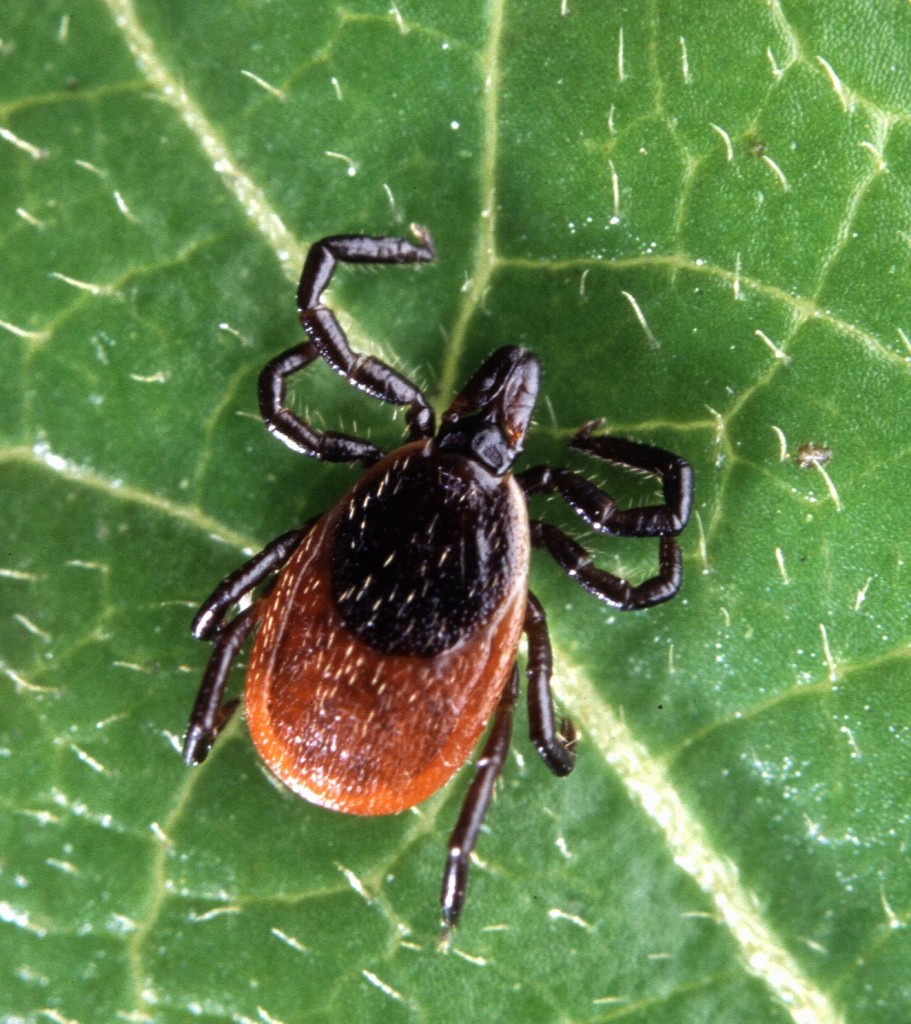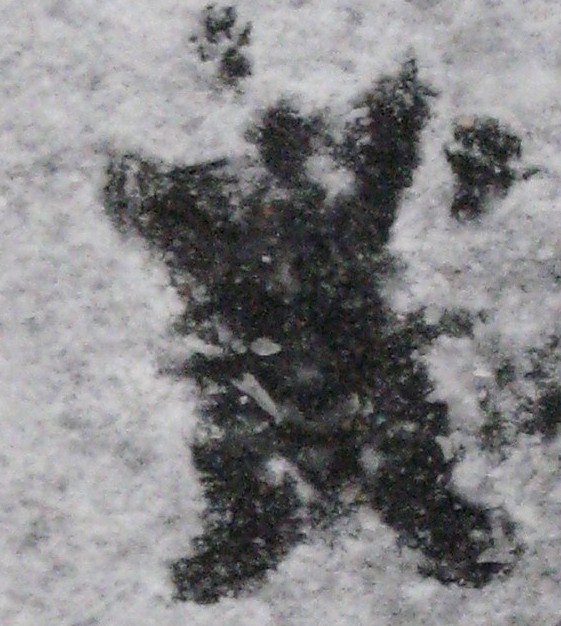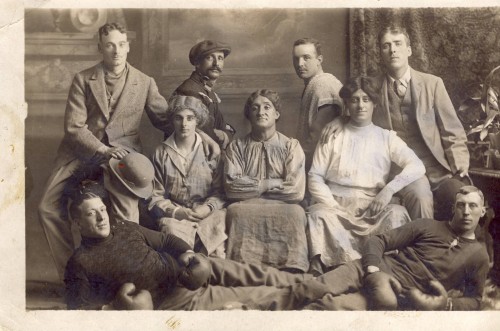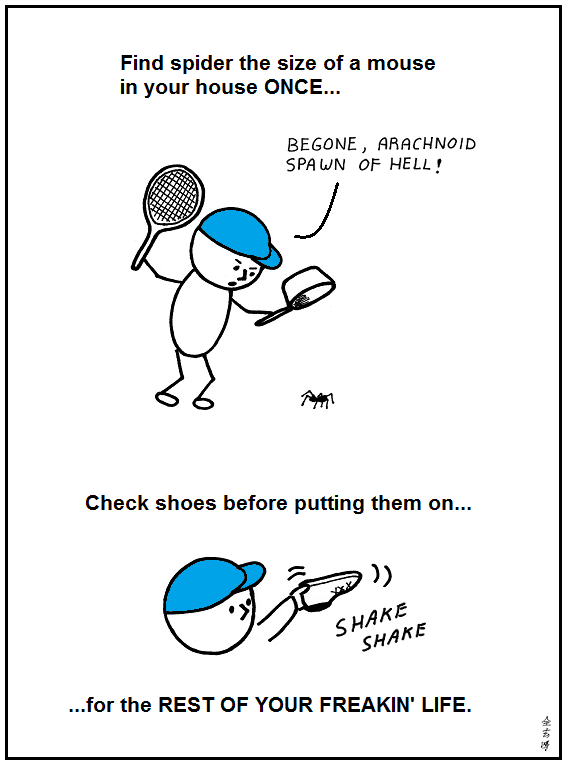 Back in March 2012, more than 2,500 people declared their support for a pretty modest idea: that the world is full of interesting, relevant, important science stories that aren’t being told. No shocker there — that’s pretty much the operating principle of LWON, too, or one of them anyway. But these particular people did something I found quite surprising. They coughed up money, to the tune of $140,000, to support a new venture that would try to bring some of those stories to light. Thus was born MATTER, via the fundraising website Kickstarter, a digital thing that promised to “focus on doing one thing, and doing it exceptionally well. Every week, we will publish a single piece of top-tier long-form journalism about big issues in technology and science … Just one unmissable story.”
Back in March 2012, more than 2,500 people declared their support for a pretty modest idea: that the world is full of interesting, relevant, important science stories that aren’t being told. No shocker there — that’s pretty much the operating principle of LWON, too, or one of them anyway. But these particular people did something I found quite surprising. They coughed up money, to the tune of $140,000, to support a new venture that would try to bring some of those stories to light. Thus was born MATTER, via the fundraising website Kickstarter, a digital thing that promised to “focus on doing one thing, and doing it exceptionally well. Every week, we will publish a single piece of top-tier long-form journalism about big issues in technology and science … Just one unmissable story.”
Jim Giles and Bobbie Johnson launched MATTER with their first story last week. It’s called “Do No Harm,” and fits into the loose genre of medical oddities — and it will be no spoiler to suggest that the medical dictate is not the only thing violated over the course of the narrative. I know Jim far too well to write an objective review, but that doesn’t mean I couldn’t give him a bit of a grilling about MATTER and the first story, “Do No Harm.” And I can say that you should definitely read it. Seriously. Just as soon as you’re finished reading the LWON v. MATTER Q&A that follows: Continue reading






